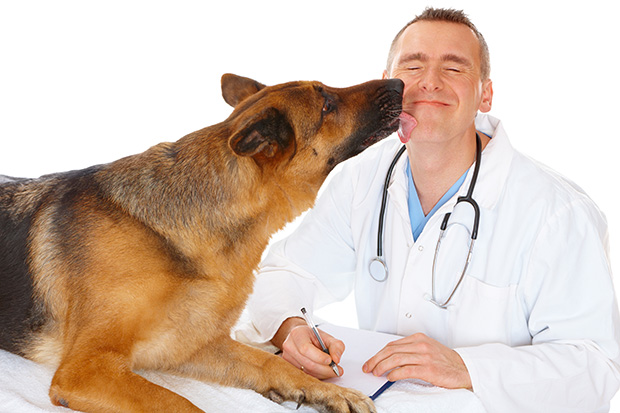
Mature hookworms lay hundreds of eggs that pass out of the body via the feces. Once the cat comes into contact with infective larvae, they travel to the small intestine where they hook onto the wall and mature. It hasn’t been established if this is the case with cat hookworms yet. During pregnancy, they reactivate, migrate to the mammary glands and out through the milk. However, some enter other tissues of the body, where they remain dormant for years. When a dog becomes infected with hookworms most of them migrate to the small intestine. Transmammary: Again, in dogs, it is possible to pass hookworm to puppies via breast milk.It hasn’t been established if this is the case with feline hookworms yet. In utero: Worm eggs may be passed on from mother to her unborn puppies via the placenta.Ingestion or inhalation: Cats can also become infected by ingesting infective third-stage larvae of uncinaria in the environment, during grooming or via contaminated water and food.

#Medications for treating hookworms in humans skin#

The hookworm feeds on mucosa and blood and an adult hookworm can consume up to 0.1 ml of blood every day, changing their point of contact every 4-6 hours. Hookworms are small, thin nematodes that are approximately 1 to 2 mm long and live in the duodenum, the first part of the small intestine, where they use six hook-like teeth to attach to the intestinal wall.


 0 kommentar(er)
0 kommentar(er)
